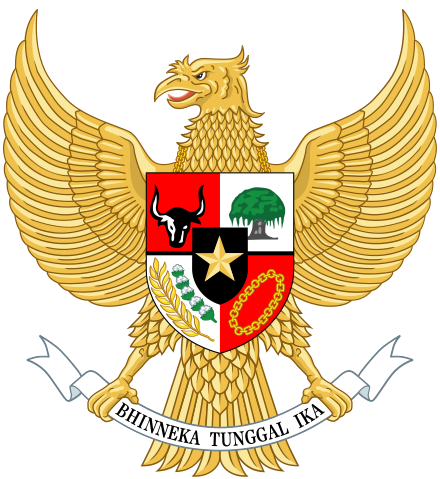The Indonesian national motto Bhinneka Tunggal Ika, “the different are one” (or “unity in diversity”), is commonly said to express the modern destiny of the sprawling island republic: a great variety of cultural forms and polities over the centuries that ushered into a unitary idea shaped by anticolonial struggle and national awakening. In fact, Indonesia is an inversion (and continuation) of the Dutch Colonial State that was finally dismantled in 1949 and itself contained a lot of diversity.
By the early 20th century, the Dutch had gathered hundreds of smaller and larger native states (in Malay, kerajaan) under the colonial umbrella, tied to Batavia and Amsterdam through an endless stream of contracts and treaties.
Through cooperation with the GLOBALISE project in Amsterdam, the writer of these lines has now had the opportunity to publish a dataset that covers the genealogy and chronology of these states, to the extent that substantial data can be found about them. The dataset, which is entitled Kerajaan2 Indonesia (Indonesians double words to mark plural forms) encompasses 166 entries starting with Aceh and ending with Yogyakarta – the latter incidentally being the only remaining sultanate with some kind of official recognition.
Some of the pre-colonial states spanned enormous areas, with the medieval Hindu-Buddhist kingdom of Majapahit as the obvious winner. Even in colonial times we come across states with quite substantial territory, such as Luwu in Sulawesi which was about as large as present-day Belgium. In fact, most of the Dutch East Indies were only ruled indirectly, via a plethora of sultans, panembahans, rajas, etc. The binding of native states started with the Portuguese and Spanish after 1511 but gained ground in the seventeenth century and later, with the military and diplomatic exploits of the Dutch East India Company and its successor, the Dutch Colonial State.
In the course of this long historical process, colonialism changed the political landscape in several ways. In the premodern era it was by no means clear what constituted a “state” in the Western sense: smaller territories or settlement clusters often had hereditary leaders while formally bowing to larger kingdoms. Due to the political situation, some of these would be acknowledged as autonomous rulers when the Dutch intervened in a region, although they may have governed over little more than a village and its hinterland. In other cases, the Dutch actively constructed native states in previously stateless areas, for example in the eastern Indonesian island of Flores, or allowed a previously existing petty state to annex surrounding polities to make for more efficient administrative units.
For Indonesian nationalists in the twentieth century, the traditional rulers were generally seen as feudal-colonial collaborators who clogged the road to modern statehood, although some of them, such as Sultan Hamengkubuwono IX of Yogyakarta, also supported the nationalist movement. After the Revolution (the independence struggle between 1945 and 1949), the authority of the local dynasties was consequently phased out up to about 1962. Some families receded into poverty while others survived as bureaucrats and entrepreneurs, often having a good level of education. In recent time there have been movements to upgrade old royalty as part of the strengthening of local identities. That, of course, begs the question what is being restored: a colonial or indigenous past – or both.
Hans Hägerdal
Hans Hägerdal is a professor of history at Linneaus University and a member of the Historical Treaties of Southeast Asia research team.




